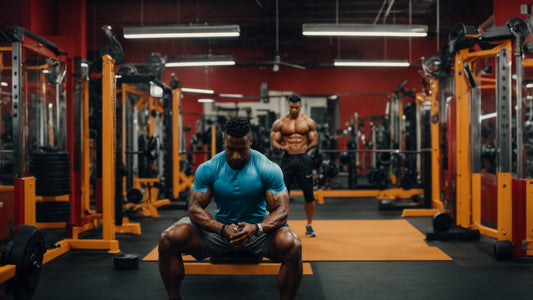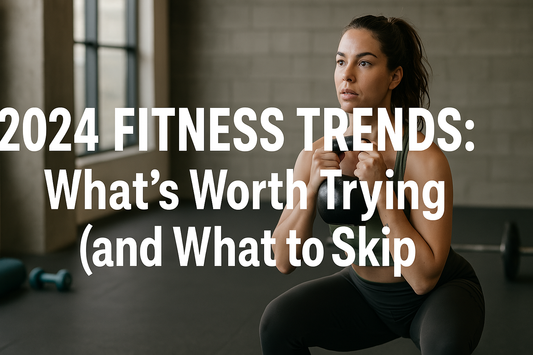What Are Seated Calf Raises?
Seated calf raises are a lower leg exercise targeting the soleus muscle, performed while sitting with weights on the thighs. Ideal for building calf mass and ankle stability.
How to Perform Seated Calf Raises Correctly
Step-by-Step Guide
- Sit on calf raise machine with pads resting on thighs
- Place balls of feet on platform, heels hanging off
- Lower heels below platform level for full stretch
- Drive through toes to raise heels as high as possible
- Pause at top contraction for 2 seconds
- Slowly lower back to starting position
Pro Tip: Use 3-second descent for maximum muscle time under tension.
Top 3 Benefits of Seated Calf Raises
- Develops soleus muscle (deep calf muscle)
- Improves ankle stability and jumping power
- Reduces risk of shin splints
Common Mistakes and Corrections
Mistake #1: Using Momentum Instead of Muscle
Fix: Pause at bottom position to eliminate bounce
Mistake #2: Partial Range of Motion
Fix: Ensure heels drop below platform level
Mistake #3: Knees Moving Forward
Fix: Keep knees fixed at 90° angle throughout
Seated Calf Raises FAQs
Seated vs Standing Calf Raises: Which is Better?
Seated emphasizes soleus (lower calf), while standing targets gastrocnemius (upper calf). Most programs should include both.
How Much Weight Should I Use?
Beginners: Bodyweight or 20-30 lbs. Advanced: 1-1.5x body weight. Calf muscles require heavy loading.
Why Don't I Feel Burn in My Calves?
Likely causes: Insufficient stretch at bottom, rushing reps, or using too much weight compromising form.
Programming Recommendations
- Frequency: 2-3x weekly
- Rep Range: 12-20 reps per set
- Rest Time: 60-90 seconds between sets
- Progress: Add 5-10 lbs weekly







